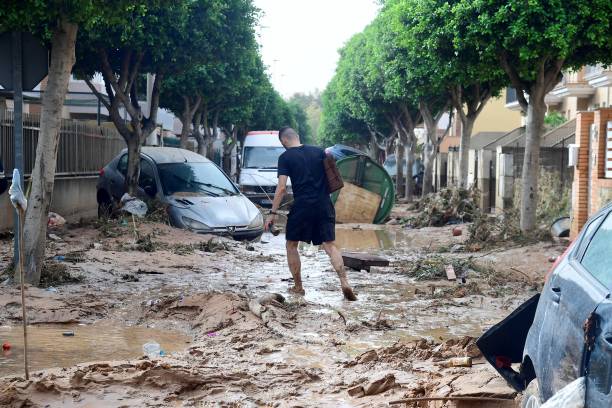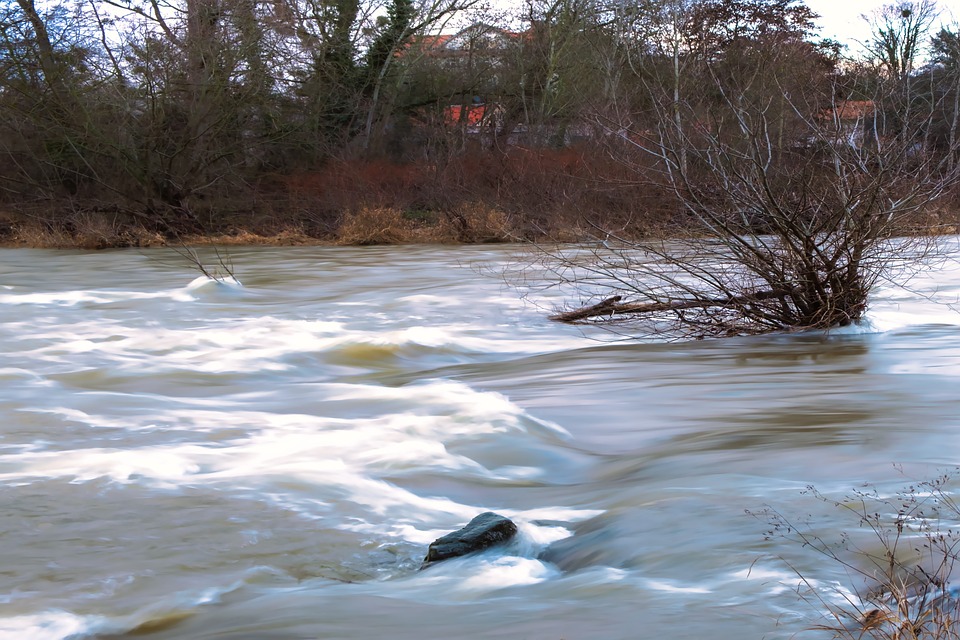Experts attribute the disaster to a combination of powerful storms, poor urban planning, and the impacts of climate change.
The Valencia region experienced unprecedented rainfall, with some areas receiving up to 491 liters of rain per square meter in just a few hours, an amount typically seen over an entire year.
This deluge was exacerbated by a seasonal storm phenomenon where cold air moves over the warm Mediterranean waters, intensifying rain clouds.
Climate experts warn that human-induced climate change is raising ocean temperatures and increasing storm ferocity.

Jorge Olcina, a climate expert, noted that the warmer Mediterranean acted as fuel for the torrential rains, creating conditions similar to hurricanes.
Additionally, the region’s dry, artificial soils—resulting from two years of drought—were unable to absorb the sudden influx of water, leading to devastating flash floods.
Urban development that has replaced natural landscapes with impermeable surfaces has further increased the risks associated with such storms.
Timing played a critical role in the disaster, as the storm struck during evening rush hour, catching many motorists off guard.
Although the National Weather Service issued a red warning, the Civil Protection Service’s late alerts failed to sufficiently inform the public of the impending danger.
Experts highlight a need for improved risk education to help communities better prepare for extreme weather events.
As Spain grapples with this tragedy, the urgent call for enhanced urban planning and climate resilience has never been more critical.

